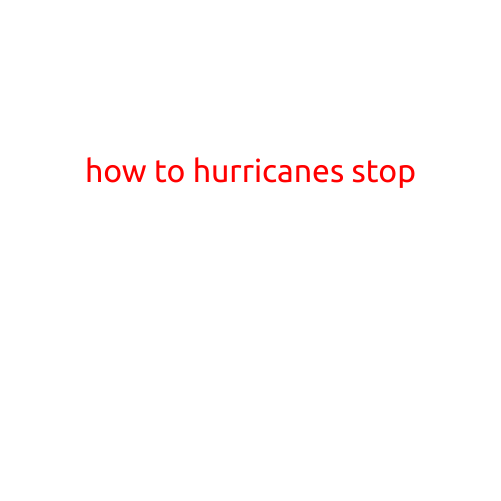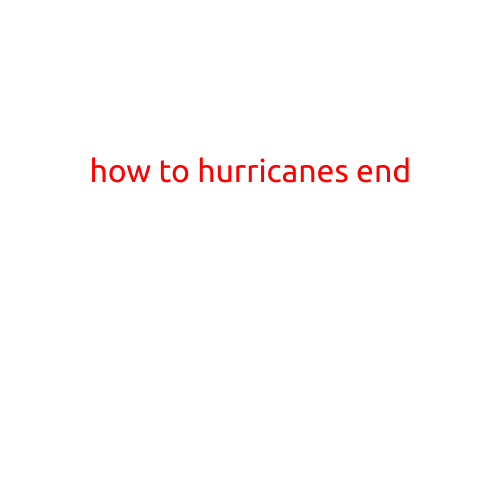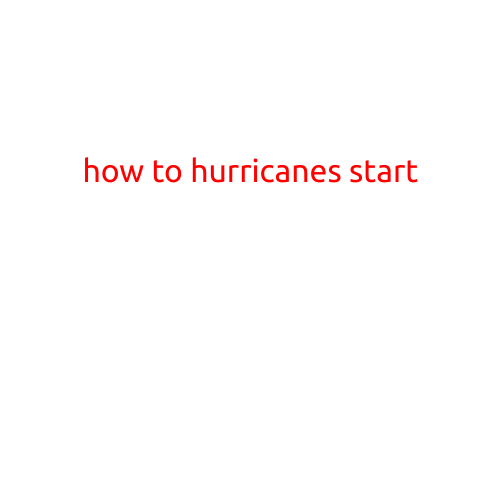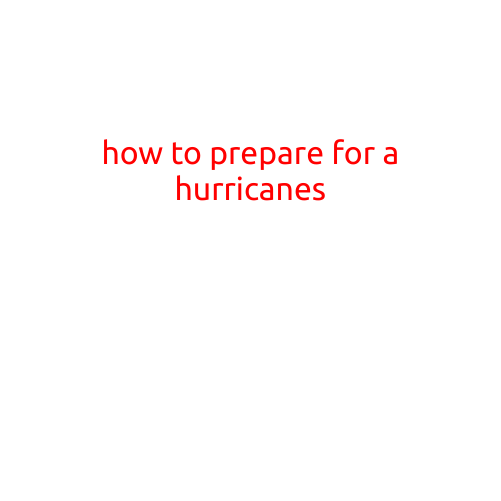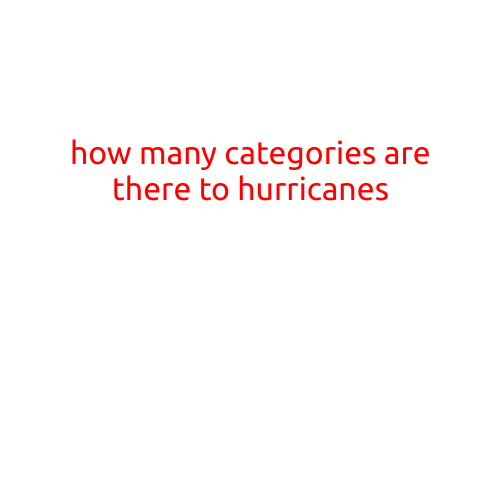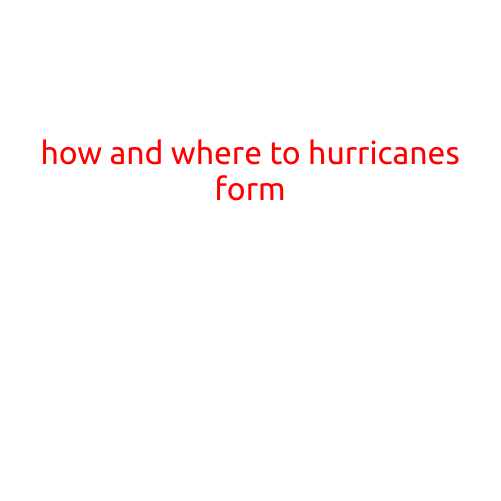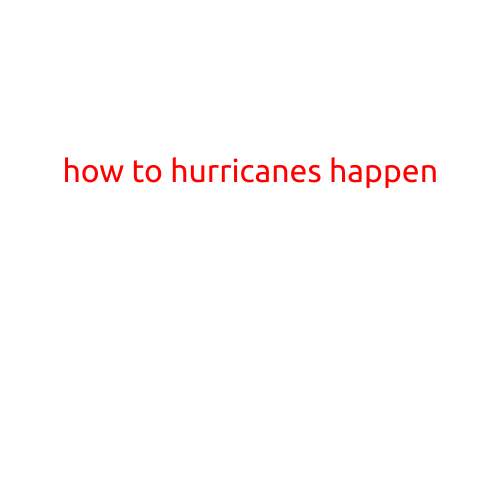
How to Hurricanes Happen
Hurricanes are powerful tropical cyclones that form over the warm waters of the Atlantic Ocean, Caribbean Sea, and Gulf of Mexico. These storms can bring catastrophic winds, rains, and storm surges, causing widespread destruction and flooding. But have you ever wondered how hurricanes form in the first place? In this article, we’ll explore the science behind how hurricanes happen.
The Perfect Storm
Hurricanes require a specific set of conditions to form, known as the “perfect storm.” These conditions include:
- Warm ocean waters: Hurricanes need warm ocean waters (at least 26.5°C or 80°F) to a depth of about 50 meters (164 feet) to form and maintain their strength.
- Moist air: Hurricanes need moisture-rich air from the atmosphere to fuel their growth.
- Low vertical wind shear: Hurricanes need a low-pressure system with little to no wind shear (a change in wind direction and speed with height) to develop and maintain their rotation.
- High atmospheric humidity: Hurricanes need high humidity in the atmosphere to support the growth of clouds and precipitation.
The Process
Now that we have the perfect storm conditions, let’s explore the step-by-step process of how hurricanes form:
- Disturbance: A disturbance forms over the warm ocean waters, often as a result of atmospheric conditions such as a low-pressure system or a tropical wave.
- Organization: The disturbance begins to organize itself, with wind shear and other factors helping to shape the storm.
- Convective activity: The storm starts to develop convection, where warm air rises and cools, leading to the formation of clouds and precipitation.
- Rotation: The storm begins to rotate due to the Coriolis effect, a result of the Earth’s rotation.
- Strengthening: The storm strengthens as it draws in more energy from the warm ocean waters and atmosphere.
- Eye formation: A clear “eye” forms at the center of the storm, characterized by low pressure and clouds.
- Hurricane formation: The storm has now become a hurricane, with sustained winds of at least 119 km/h (74 mph).
Factors Influencing Hurricane Formation
While the perfect storm conditions are crucial for hurricane formation, other factors can influence the development and intensification of hurricanes. These include:
- El Niño-Southern Oscillation (ENSO): ENSO cycles can impact hurricane formation and activity.
- North Atlantic Oscillation (NAO): The NAO can influence hurricane tracks and intensity.
- Sea surface temperature anomalies: Anomalies in sea surface temperatures can affect hurricane formation and intensification.
- Atmospheric circulation patterns: Large-scale atmospheric circulation patterns, such as the subtropical high, can influence hurricane tracks and intensity.
Conclusion
Hurricanes are complex weather phenomena that require a specific set of conditions to form. Understanding the science behind how hurricanes happen is essential for predicting and preparing for these powerful storms. By recognizing the factors that contribute to hurricane formation and intensity, we can better prepare for and respond to these devastating events.
